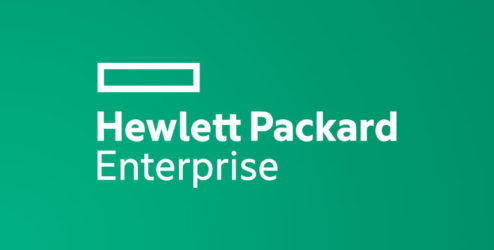How No-Code and AI Helps OData From Becoming OutDated
Meet the Authors
Key Takeaways
⇨ AI-driven no-code solutions, such as those offered by Precog, significantly enhance data integration capabilities, allowing for rapid auto generation of connectors.
⇨ OData serves as a foundational protocol for SAP data integration, but effective analytics requires comprehensive data movement and maintenance beyond basic connectivity.
⇨ Successful data integration relies on good data hygiene; poor data management can negate the benefits of AI and no-code solutions.
Bring up no-code solutions in regards to AI and one may automatically think of the stretches of code which can be conjured using a certain OpenAI chatbot. Indeed, I myself may have tried – and failed – to popularize the term “GenCode” in addition to no-code and low-code in the coding lexicon.
SAPinsiders are advised to know the conversation runs deeper than the above, especially those who may be looking for cutting-edge data integration capabilities. AI is the secret sauce behind Extract, Load, Transform (ELT) solutions such as Precog, allowing it, in the company’s own words, to offer no-code data replication to any data warehouse.
“AI allows our ability to auto generate connectors,” Gary Rinedollar, VP of Strategic Alliances at Precog, tells SAPinsider. “That’s how we claim we can – and do – build connectors basically in a day, versus setting down a development team and building connectors out over a week, a month, six months etc.”
Explore related questions
The power of automation in full display, in other words. But let’s look at what this means on a fundamental level for SAPinsiders.
OData and SAP
An example comes from Precog Co-Founder and COO Mike Corbisiero on Open Data Protocol (OData). Developed by Microsoft, OData is a standardized protocol for building and consuming RESTful APIs which has become widely adopted for data integration, and implemented by SAP across its APIs.
“Let’s say 99% of SAP applications expose all their data via the OData standard,” Corbisiero explains. “The challenge customers get into is to expect they can simply just magically connect it up and pass a little bit of data back and forth. Which you can do, but if you want to do analytics, you’ve got to move all the data. You’ve got to keep it all updated and do all the things which evolve with analytics.”
With OData being a foundation base, ELT solutions like Precog can ensure seamless data integration and compatibility with the latest API updates. OData doesn’t have to mean “OutDated”, especially with AI in the mix.
Drawing further on the data side, Corbisiero notes that there is another level here for data analytics to be taken to. Precog’s customers by nature have large data sets, and thus have large stacks at play where SAP S/4HANA isn’t the only ERP, and, in addition, nor is it the only solution to data challenges.
Precog VP Gary Rinedollar notes that while SAP S/4HANA data may be useful, it doesn’t give the complete picture on all other sources: take data relating to spend, manufacturing or employees, for example.
“We’ll get an S/4HANA customer [and ask] what else are you dealing with?” Corbisiero agrees. “And they say ServiceNow or Workday, UKG etc. And we’re like check, check, check! And then we’ll ask about the manufacturing systems, SCADA systems – check, check!
“It completely changes what they were focused on and limited to. In the past they would choose something from one vendor, then they go out to another one and try to get these other connections. We’re like, those days are gone.”
But a note of caution from Corbisiero: all these possibilities rest on good data hygiene. If your data house isn’t in order, there’s no magical fix in the world which can help you out – even with the power of AI and no-code in the mix.






